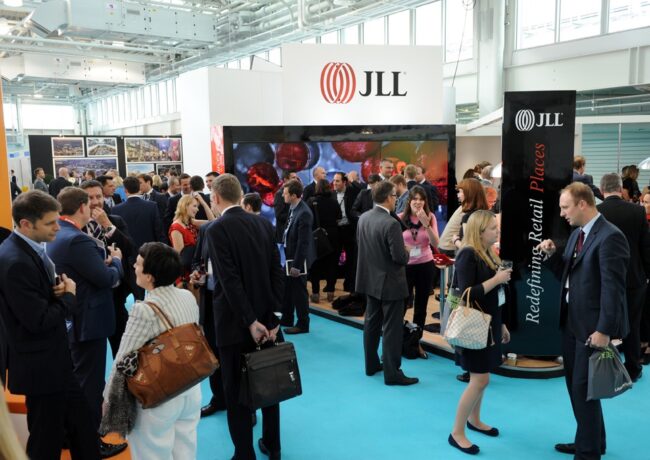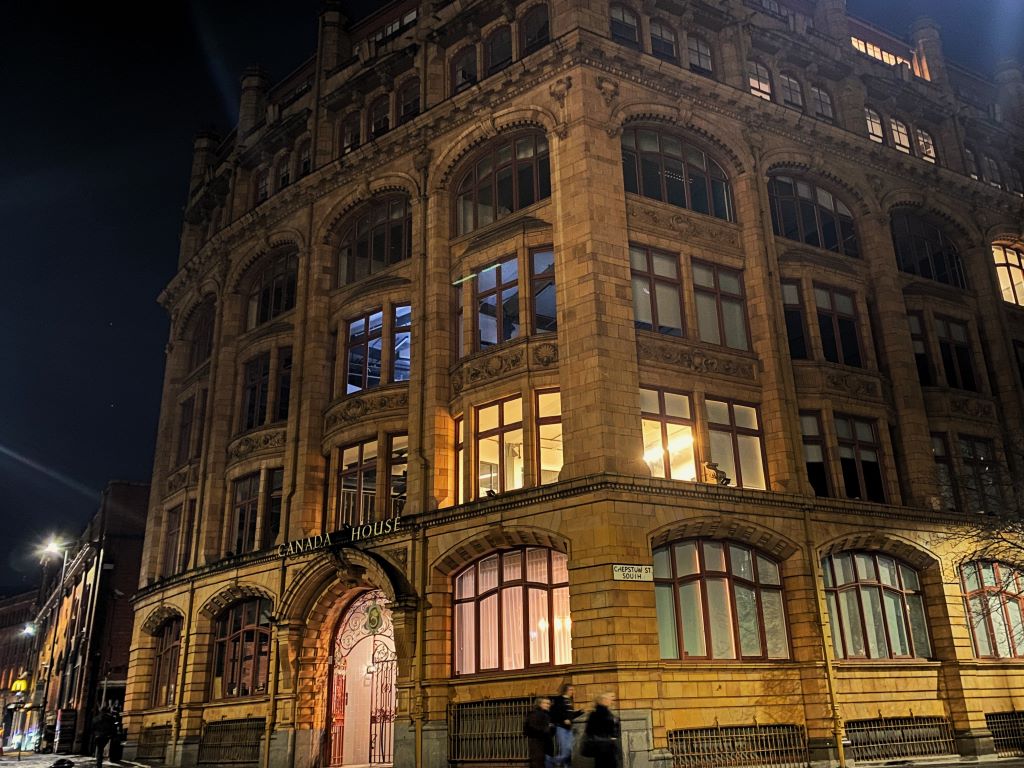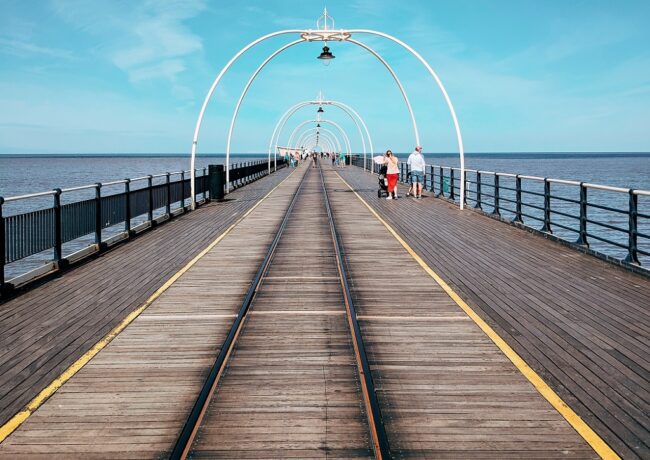BCSC: Six themes from this week’s retail property gathering
Almost 3,000 delegates attended this year's BCSC conference in London, with the North West retail community out in good numbers for a positive and productive two-day event.
The general feeling was of a sector back on form, although adjusting to the shifting ways in which retail and leisure should be used to attract consumers. Here are some of the main themes that emerged:
1. Stretch the trading day. The fact that so many shopping districts become 'ghost towns' once the clock has hit 5pm was repeatedly raised as a reason for the UK's past retail troubles. With the market returning but for many the purse strings still tightly held, landlords are looking at measures to extend the shopper's dwell time and spend potential.
2. Destination, destination, destination. After an initial panic over online increasing its pulling power during the recession years, with confidence coming back retailers are now acknowledging that while they can't match e-commerce in terms of convenience, they can beat it by creating an experience. Liverpool ONE and the Trafford Centre already do this well, but smaller centres and town high streets need to give the visitor more than a gentrified range of shop frontages and a takeaway-dominated food court.
3. Food and beverage market is hot. There seems to be no end in sight for the growth in the food and beverage market, with new outlets rapidly trading to capacity. According to BCSC figures one retail unit a day is converted to leisure use. The success of the North West outlets of brands such as Bill's, Five Guys and Byron Burgers have made them the darlings of the region's growing 'fast casual' dining scene. While we may have had our fill of the American-styled meat-and-carb restaurants, there are still gaps in market appetite waiting to be filled. With private equity backers moving to the fore, expect expansion to be rapid.
4. Mixed-use is a recipe for success. Segregating building use classes and retail-specific schemes are in the past. Creating a complementary mix of leisure, retail, residential and commercial to create a vibrant area for people to live, work, play and spend is now the aim for larger landlords and developers. This can mean targeting a more unusual style of occupier and, in cases such as the Sea Life Centre opened in 2013 at the Trafford Centre, it is worth being daring to capture added dwell time and footfall.
5. North West top of occupier wish list. Rumours of new requirements and outlet expansions were rife, with Manchester and Liverpool in particular becoming the destination of choice for brands opening outside of London for the first time. Expect a flurry of new names to the regional scene in the coming months, as leisure operators in particular looking to follow in the footsteps of new entrants such as Bill's, Ed's Easy Diner and most recently in Manchester, Burger & Lobster.
6. Technology is not the enemy. Retailers are increasingly harnessing the power of technology to increase in-store spend. Click and collect services are growing in popularity, but have had the side effect of encouraging additional purchases once the customer is in the shop to pick up the pre-ordered goods. Integrating technology into the consumer experience, whether that's high-speed wifi in shopping centres or tablet computer catalogues, is a priority to ensure that products and services are as instantly available as they would be in e-store.




